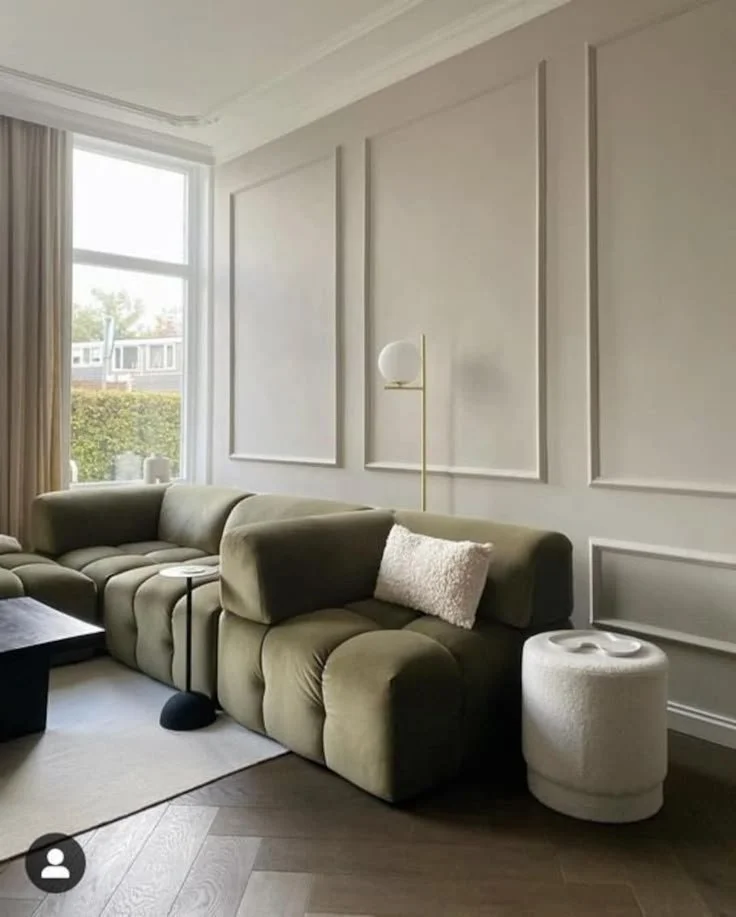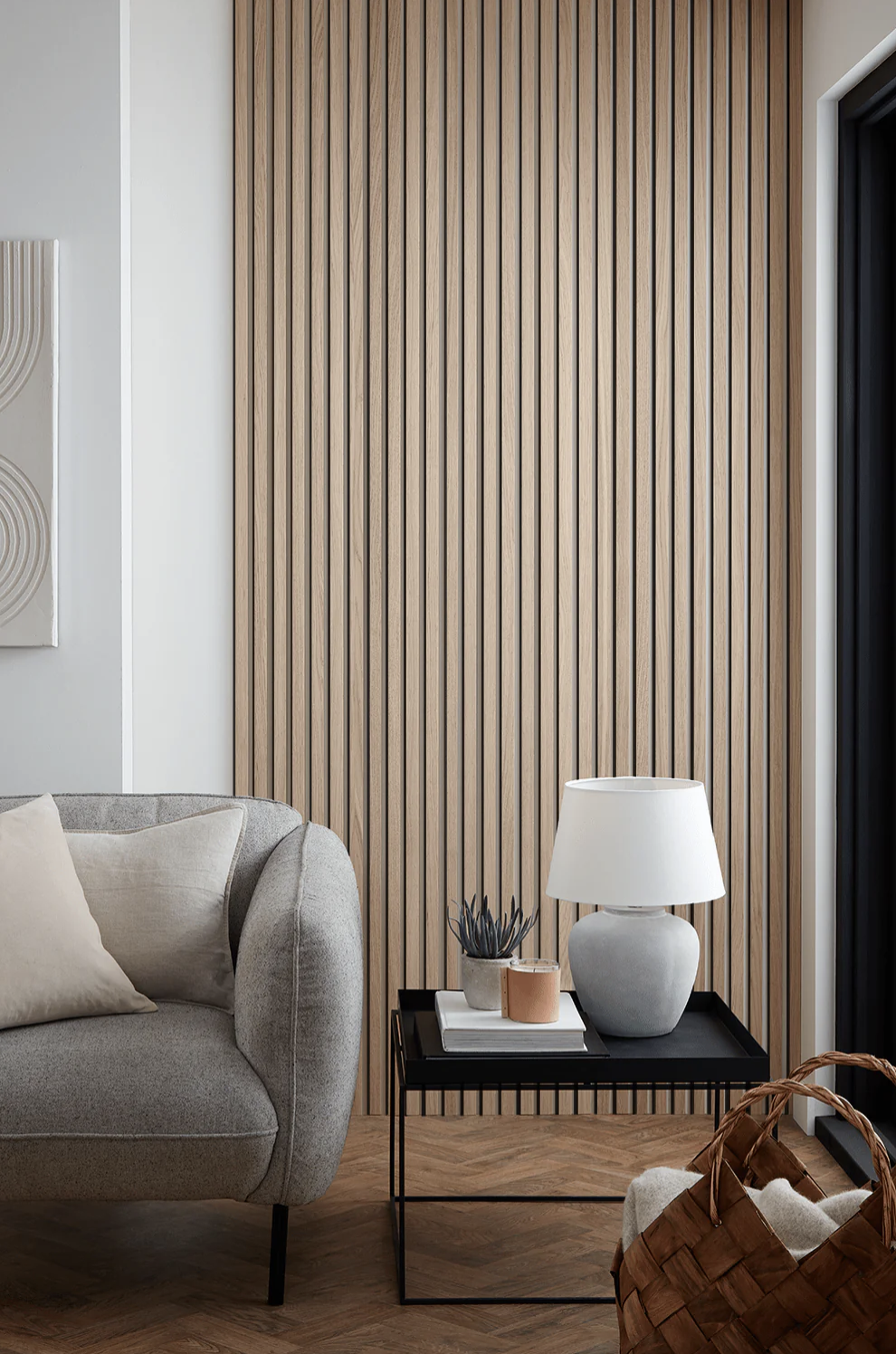Types of Wall Panelling: A Guide to Panelling Your Home
Although it has been around for a while, recent years have seen a huge surge in interest for wall panelling. With more modern homes being built that lack more traditional features, wall panelling is a great way to add a little extra interest to your home.
The beauty of wall panelling is there are so many different types to chose from; perfect for any home and any style you like!
So, you’ve decided you want some panelling, but have no idea what the different styles are called, how to choose a style to suit your home or what materials you need…
Well, you’ve come to the right place!
This post is a comprehensive guide to all of the different types of wall panelling and how to achieve the look in your own home (as well as some inspiration shots of each for you!)
1. Shaker Style / Batten & Board
Shaker style (also known as ‘batten and board’) is one of the most popular in the interior design world at the minute. It’s also a personal favourite of ours!
A shaker style panel wall usually covers the full wall, however there are many ways to customise this style of wall panelling, such as fitting these to ½ or ¾ ceiling height (this is when it is referred to as Batten and Board' style). It utilises wooden, or MDF, batons to design a repeating square, or rectangular shape across the wall.
We would always recommend using a professional joiner, preferably one who specialises in panelling, for a quality finish. However if you’re confident in your own skills, it’s relatively easy to achieve this look yourself, especially with many suppliers offering readily-made kits for you to D.I.Y at home!
Image Credit: Farrow & Ball
2. Wainscoting
Wainscoting is another popular style of wall panelling.
This style involves decorative mouldings applied in square or rectangular frames to your wall, often separated with a singular strip placed horizontally across the wall to split the mouldings up, for a more detailed look.
Again, this can be achieved yourself, but you will need to get the hang of cutting your wooden mouldings to a 45 degree angle to make sure your rectangles are nice and sharp.
Using a ‘mitre’ is a good tool for this job, or you can of course hire a professional to do all the tricky bits for you!
Image Credit: Etsy
3. Shiplap / Tongue & Groove
Shiplap panelling is a type of wall panelling that was originally used to waterproof boats - hence the name!
Also known as ‘tongue and groove’ panelling, depending upon which wood you use, as they have a different connection type.
We recommend applying these vertically to add a real wow-factor to your walls.
Image Credit: Nature Wall
4. Wooden Slats
Wooden slat panelling is the most recent trend to join the world of wall panelling.
Originally used as a form of acoustic panelling in design, to prevent sound travelling through walls, it has now moved into the world of interior decor!
The wooden slats are pieces of plywood, usually around ½ an inch in thickness.
They come in a range of wood stained finishes, from a light oak to a walnut. You can also leave them untreated for a more rustic, natural look, or paint them to match your wall colour for a ‘colour wash’ effect.
Image Credit: Nature Wall
Get in touch with our interior design team today to see how we can help you achieve the space of your dreams!




